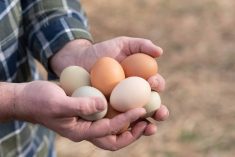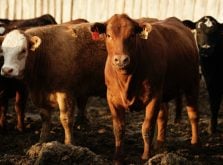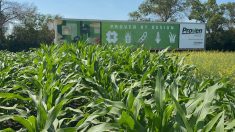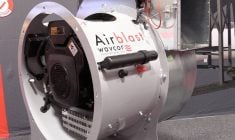First, some general tips around soil testing.
The first thing to note about soil testing is that it is an index — it is not like a dipstick in a crankcase. A soil test (index) rates a soil as very low to excessive and is one piece of information to guide fertilizer use. But, use only one type of test!
The best we can hope to achieve is the “average” nutrient level for the depth and area we are sampling. What is really needed is the “mode.” The “mode” of the nutrient level is the test value where as many acres test lower as test higher than that test value.
Read Also
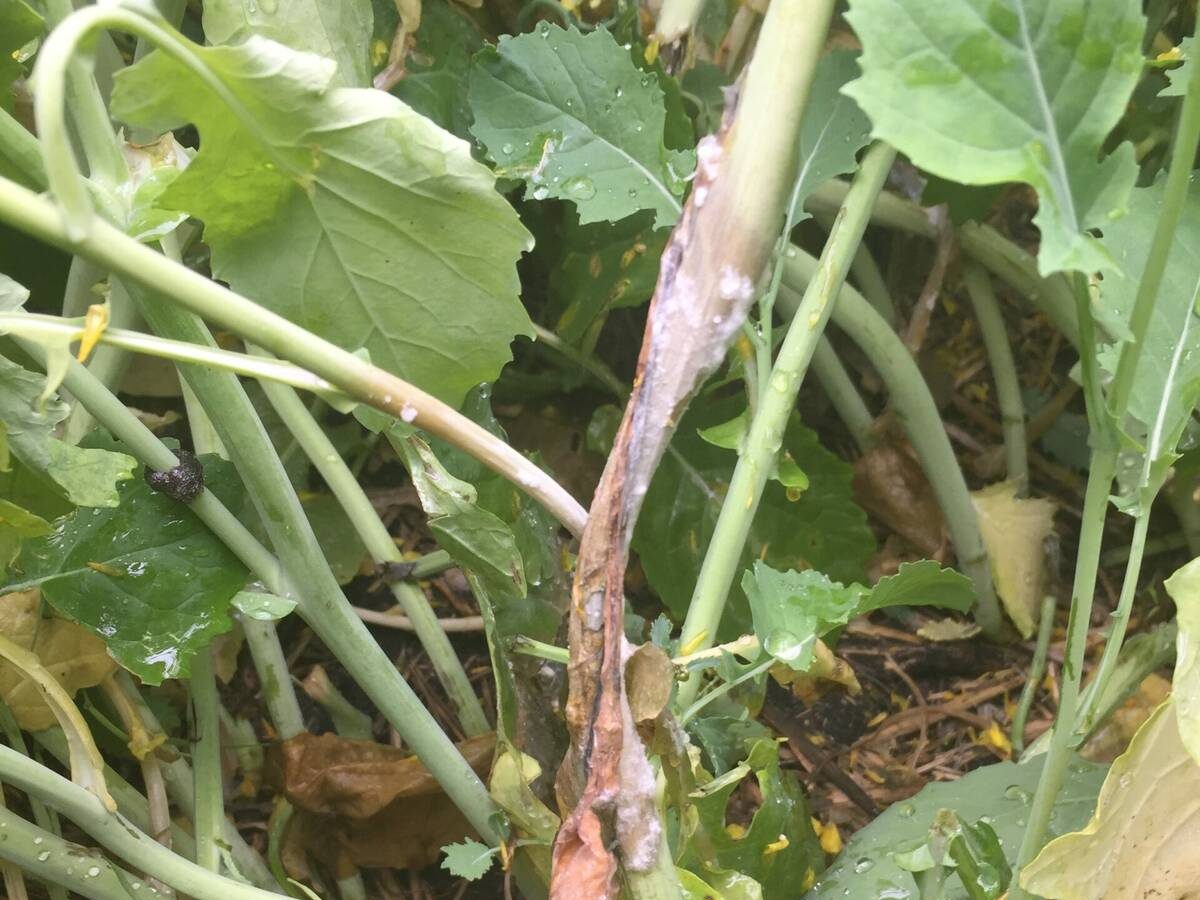
Good news, bad news for fungicides meant to fight stem rot in canola
A report shows overall insensitivity of sclerotinia to three fungicide groups hasn’t changed in a big way between 2010 and 2024 — but shows some sclerotinia populations have been discovered with elevated insensitivity to all three.
The truth about the distribution of soil test values in a field is that it is not “normal.” There are always a few sites that test very, very high. They skew the average to a number higher than the mode. So, soil testing has an inherent tendency to underestimate what might be needed in fertilizer.
Depth and number of samples needed
When soil testing started in Western Canada in the 1960s Alberta measured at the zero to six inch depth, but Manitoba and Saskatchewan used three levels: zero to six, six to 12, and 12 to 24. Bob Soper at the University of Manitoba was the leader in this field, and he showed that two feet was the depth needed to get a handle on soil nitrogen levels. From an academic view, testing three different depths was great. We learned many things about soils by studying the data from the three depths. After a few years Manitoba introduced the zero to six, six to 24 depth regime but Saskatchewan was slower to change.
Detailed analysis of individual samples from a range of fields in the 1990s showed that, with cores, at least 30 are needed to get an average. High rates of fertilizer banding can also cause problems with coring. But, in the real world, taking 30 core samples at three depths just ain’t going to happen.
So we came up with the one foot sample for nitrogen. The idea was that it was better to get enough cores to get a better estimate of the average. I was a big proponent of the foot sample. In hindsight, it has a lot of limitations. For potassium and phosphorus a foot sample is a very blunt instrument.
In summary: I think the best sample depth is zero to six inches and six to X inches. Your “X” can vary from 12 to 24 inches, but should be consistent from year to year.

GPS and fertilizer zones
Modern technology allows farmers to establish zones within a field, and sample each zone separately. But remember, the same rule applies to the zones as to the whole field samples. You must have some idea if the zones are correct and if you have the correct average.
Duplicate sampling
I think that at the start of a zone establishment some duplicate sampling should be done. I have been doing it for years and have learned a few things in the process. See some of my results from 2010 in the table (below).
Both A and B samples are a composite of 30 individual cores. Note that it is foot sample so P and K leave something to be desired, but the real difference of the new land is still evident.
Even with 30 cores the duplication of N for the “field sample” is a bit shaky — usually I get better than that.
But duplication of S is very problematic. If the value is very low it duplicates not too badly. But for higher values the lack of proper duplication shows that the sample means little.
That means that the S soil test is shaky at best. In garden patch agriculture it works very well but on a field basis not so much. What it means is that if the S test says you need S, you really need S. If the soil test is high, you may still need S. It only takes a core or two out of 30 with a bit of gypsum in in to mess up the average.
When, where and how
Fall is the time to soil test. Any time after harvest. That gives you the winter to study the data and figure out a fertilizer program.
In my experience labs give accurate results for the samples they receive. The extracts they use and how they interpret the data are the main variables. The biggest potential soil testing problems come from the pound of ground you send to the lab.
Today most lab sheets are interpreted by locals with local knowledge. In early days, U.S. labs would get samples from the Prairies and give the same N recommendation for stubble and summerfallow, based on soil organic matter not nitrate N. (I realize some young folk may not know what summerfallow is.)
At the Ag in Motion farm show near Saskatoon July 23 I was quite impressed with a quad mounted sampler that would take zero to six and six to X samples very efficiently. There’s no excuse for insufficient sample numbers with that type of equipment.
Spot tests of one or two fields every four or five years are mostly a waste of time and money. The value in soil testing is a proper program with some data each year and using consistent sample depths, sample time, laboratory and interpretation. Today many use a consultant so choose a “keeper.”
The future
The biggest current limitation to soil testing is a lack of a test for N that will be mineralized during the growing season. I am convinced it is a simple as taking the field moist soil in the fall, leaving it in the sample bag for a month or so at room temperature, and then sending it to the lab. Alas, no one is listening.
Owners of “Henry’s Handbook of Soil and Water” can check out pages 64 to 67 for a bit more detail about soil testing.





